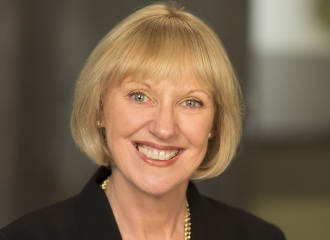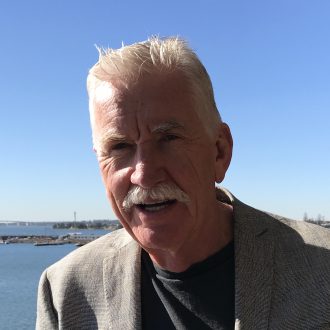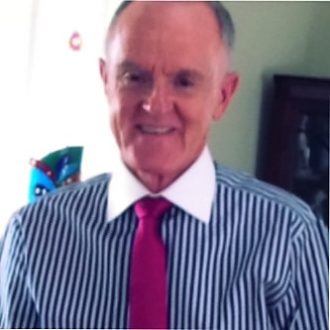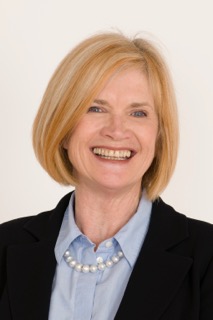While leaders in most organisations would agree that our employees are more valuable and important to our business than any other asset, not all leaders drive a culture that encourages, values and recognises genuine employee engagement.
So what is employee engagement?

Put simply, employee engagement is the emotional commitment the employee has to the organisation and its goals.Engaged employees are not just working to earn money: they are actually motivated to do a good job and they connect with the organisation and its purpose.
Employee engagement occurs in workplaces where the culture is based on trust, is open, inclusive and transparent and employees have a clear understanding of the organisation’s vision, goals and targets. They feel motivated and connected to and valued by the organisation, they want to contribute to the organisation’s success and they are encouraged and feel empowered to provide their ideas and views to drive continuous improvement and innovation.
There are a number of benefits to the organisation from a highly engaged workforce.
Engaged employees are more likely to have high job satisfaction levels and have a high level of commitment and loyalty to the organisation. This in turn is likely to result in fewer staff grievances and less lost time to sick leave and workers compensation. It is also likely to lead to higher staff retention rates, and retaining high performing staff is a key success factor for most organisations. In addition, organisations that have a culture and reputation for staff engagement are more likely to attract high quality candidates when recruiting for new staff.
Staff productivity is essential in any organisation. Engaged employees are motivated to deliver results in the most effective and efficient way and, when the chips are down, they are committed to rolling their sleeves up and going the extra mile to deliver.
Successful organisations continue to grow and evolve. If they are great, they strive to become even greater. Among other things, these organisations foster continuous improvement and innovation. One of the best ways to generate improvements and innovation is to get input from the employees who do the actual work. They can often see problems and identify ways to improve business practices that are invisible to the leaders of an organisation. In addition, when employees see that their ideas and suggestions are listened to and implemented, where appropriate, they will become even more engaged and the organisation becomes more successful, a great win/win outcome.
Engaged employees are enthusiastic, want to do a good job and take pride in it. In jobs that have a customer focus this means that the employee will do everything in their power to deliver a high quality service to their customers which is yet another win/win experience for the customer and the organisation.
What are you doing to drive and foster staff engagement in your organisation?
Contributor: Our current featured member, Trish Kelly, is an experienced leader, change manager and facilitator with over 30 years’ experience in the public sector, working in very large organisations in both regional and central office roles.
Through her experience as the General Manager Human Resources for 8 years in the NSW Department of Education and Communities, the largest organisation in the southern hemisphere, Trish is well equipped to work with executives, aspiring leaders and others to support and guide them to achieve their goals and to maximise their performance and impact.






 This year we’ve seen some great discussions about the importance of time off. From this
This year we’ve seen some great discussions about the importance of time off. From this 
